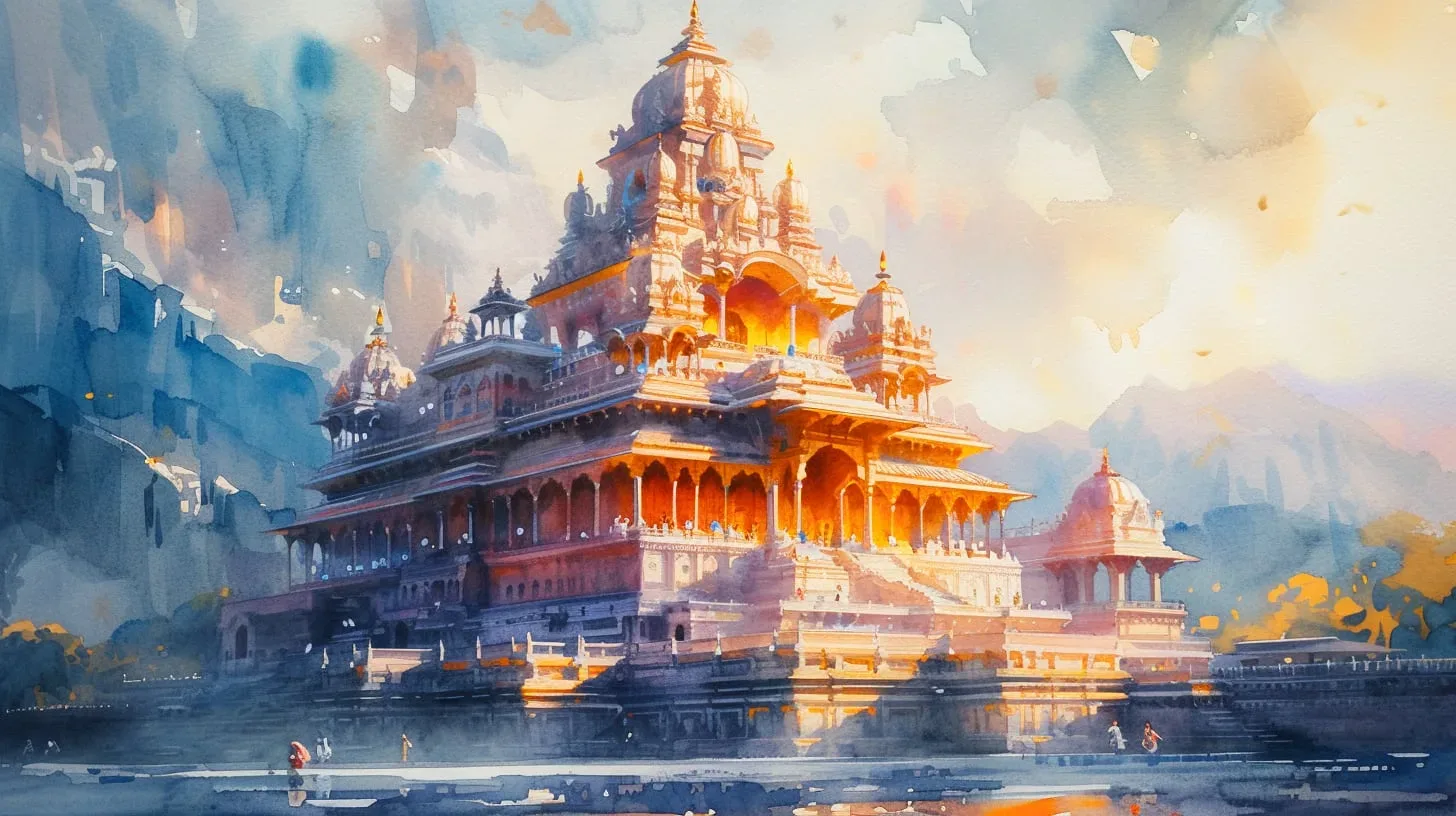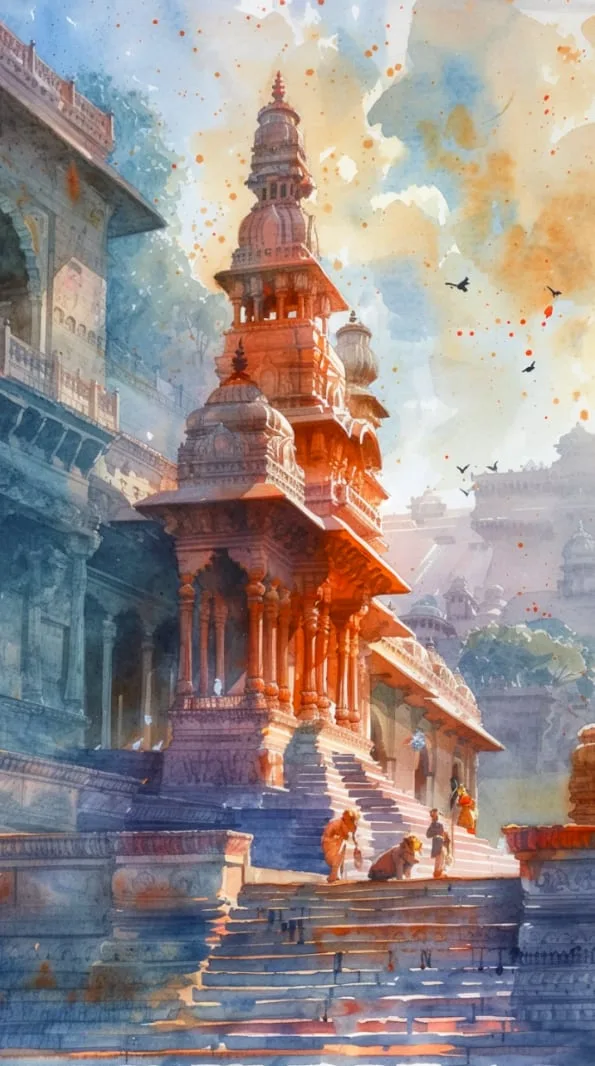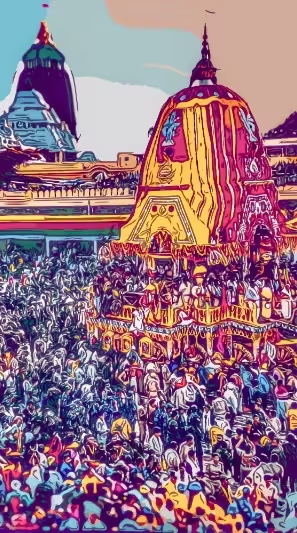
India’s religious tourism landscape is undergoing a transformative phase, significantly marked by the consecration of the Ram Temple in Ayodhya. This majestic temple, erected on a site of profound historical and religious significance, is not just a spiritual landmark but a potent symbol of India’s evolving tourism sector.
The temple, built at the birthplace of Bhagwan Ram, is set to attract up to 100 million visitors annually, far exceeding the visitor counts of Vatican City and Mecca, which stand at around 9 million and 20 million, respectively. This anticipated surge places Ayodhya at the forefront of India’s religious tourism destinations, promising a spiritual renaissance and a robust economic upswing.
Parallel to Ayodhya’s emergence is the revitalisation of Kashi (Varanasi) since the 2021 inauguration of the Kashi Vishwanath Corridor by Prime Minister Narendra Modi. This ancient city, cradling the Ganges, has witnessed its tourist numbers swell from a mere 7 million to over 130 million post-corridor opening. This phenomenal rise has rejuvenated the city’s spiritual ambience and significantly boosted the local economy, with tourism revenue and hotel business in Varanasi witnessing up to a 65% increase.
The economic impact of religious tourism in India is striking. In 2022, religious sites in India accrued ₹1,34,543 crore from 1,433 million domestic and 6.64 million international visitors. This revenue is vital, given that tourism contributes around 7% to India’s economy. The government’s PRASAD (Pilgrimage Rejuvenation and Spiritual, Heritage Augmentation Drive) scheme, initiated in 2014-2015, underscores this economic emphasis. It aims to enrich religious tourism through the sustainable development of pilgrimage sites, thus contributing significantly to state revenues and the broader development of these destinations.
The government’s strategic vision for religious tourism extends beyond individual sites. It encompasses comprehensive projects like the Ramayana circuit, the Char Dham road project, and the Buddha circuit. These initiatives, along with renovating about 50,000 temples in Jammu and Kashmir and relaunching key religious corridors, demonstrate a holistic approach to harnessing the sector’s potential.
Underpinning this surge in religious tourism is a growing trend towards spirituality in India, as highlighted by the Pew Global Attitude survey. The survey reveals a significant increase in religiosity among Indians, with more than a quarter reporting heightened religious fervour in recent years. This spiritual inclination is echoed in the National Sample Survey Office (NSSO) data, indicating a substantial daily spend of ₹2,717 per person on religious travel, surpassing social (Rs 1068) and educational travel (Rs 2286) expenditures.
The influence of religious practices in India’s daily life is significant, with a notable portion of rural (17.6%) and urban (23.6%) populations engaged in daily religious activities, according to the Time Use Survey 2019. Indians, on average, spend more than sixty minutes on religious activities daily.
In 2022, 23.9% of urban Indians embarked on religious journeys, with millennials representing a significant proportion of this demographic. SOTC Travel posits that the spiritual tourism segment has seen a remarkable 40% growth in 2023 compared to the previous year.
Ayodhya is expected to welcome between 50 and 100 million tourists annually, a figure set to dwarf the footfalls of Vatican City and Mecca. This influx could potentially yield the Uttar Pradesh government an additional ₹25,000 crores in tax revenue from tourism annually, underlining the sector’s significant fiscal impact.
To conclude, the rise of religious tourism in India, epitomised by the Ram Temple in Ayodhya, signifies a cultural and spiritual revival and heralds a new epoch in India’s economic landscape. The sector’s growth is a testament to India’s rich spiritual heritage and a crucial driver of economic development. By integrating this sector into the broader development narrative, India is poised to experience a unique blend of cultural enrichment and economic prosperity. The ongoing and future projects, including the Ramayana and Buddha circuits, showcase the country’s commitment to nurturing this sector, promising an enriching experience for both domestic and international visitors. As such, religious tourism in India is a beacon of cultural pride and a significant contributor to the nation’s economic vitality.





